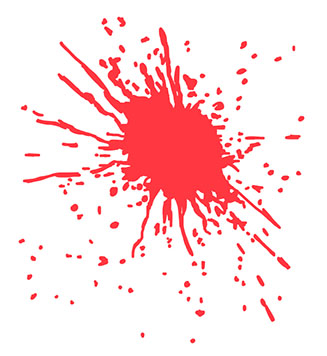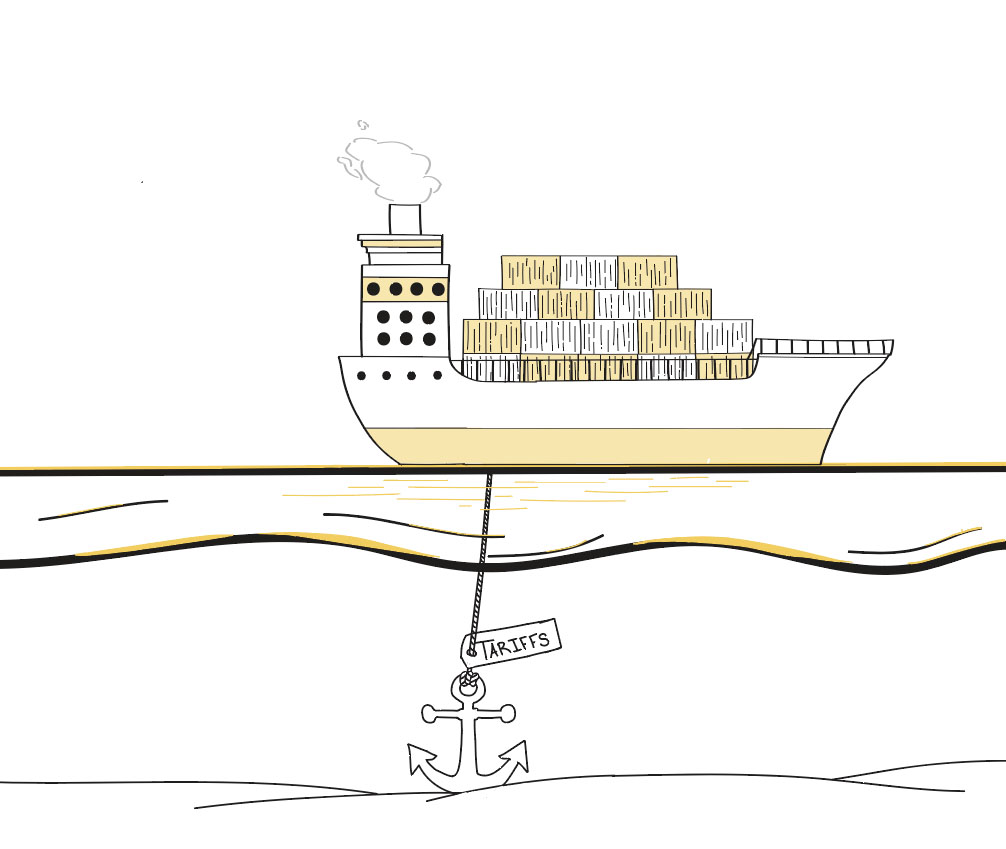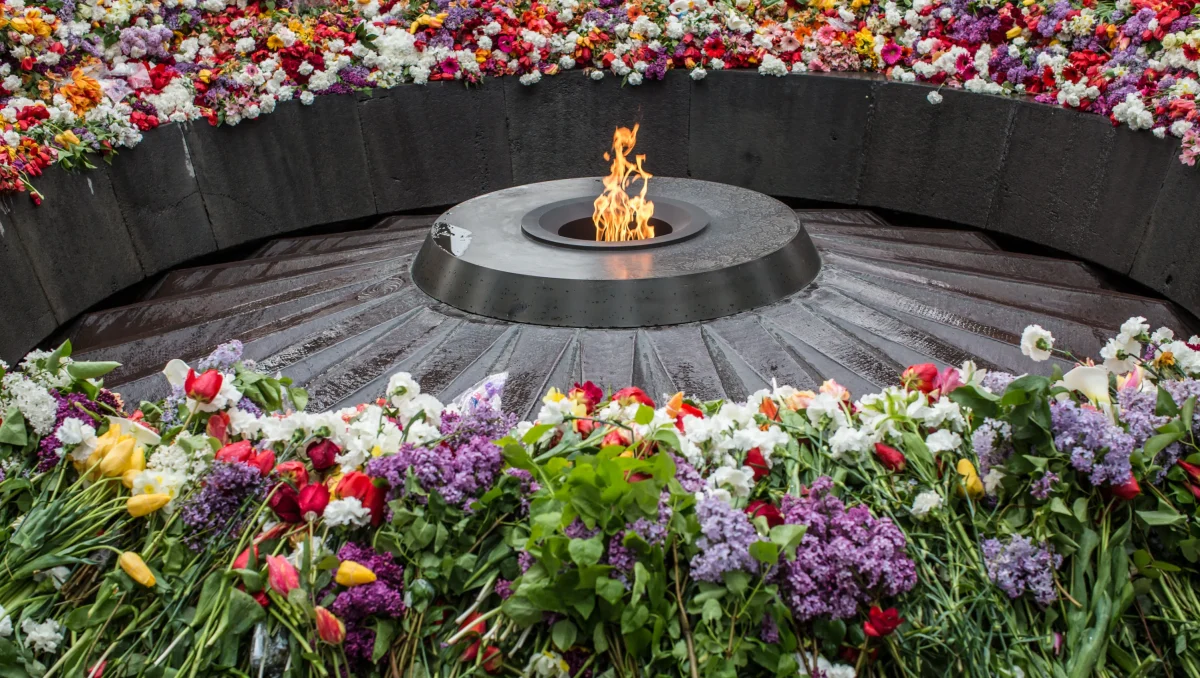There’s nothing comparable to the thrill of exploring the deep darkness of the human mind. Exposing the cynicism and depravity of your own nature is why the horror movie genre exists. It has the ability to tap into your anxieties and imaginations, providing a heart-pounding scare from the comfort of your own couch.
New horror movies promising terror are released regularly, with trailers based on an increasingly startling and uncomfortable amount of gore and violence as a method to continuously attract viewers through shock value. After all, directors need an audience, and they can’t have one without the promise of originality. But audiences will eventually reach a point where the shock value crosses the line, and the once-exhilarating experience turns excessively disturbing. What was supposed to be an unsettling but thrilling film becomes morally questionable. At that point arrives at a point where the boundaries of entertainment should be limited.
Horror exists for the sole reason of pushing boundaries. The genre thrives on discomfort, using fear to explore societal anxieties, to examine the darker aspects of the human psyche. As much as viewers might recoil from the imagery or concepts that haunt these films, audiences accept that discomfort is a part of the experience.
These movies promise a horrific experience, which is something viewers have come to expect. However, if the newest blockbuster doesn’t live up to the terror they were promised, viewers are left disappointed. Movie makers are aware that if they cannot guarantee an experience that will make the audience’s skin crawl, their movie will fail commercially. This leaves Hollywood scrambling to find new ways of scaring their audience.
Everyone has their own personal limits regarding the kinds of scares they can endure. Some people cannot handle seeing blood on screen, while others fear anything paranormal. You get to define your own personal tolerance when it comes to horror movies. But there should be a defined line for how far the collective genre can push the overall limits.
At what point does the depiction of violence and trauma shift from exploring uneasy topics to glorifying them? When does the use of gore shift from furthering the plot to becoming gratuitous? Although horror exists to push the boundaries, there’s a limit to how many boundaries could and should be pushed. For example, the torture of children in films should never be acceptable. Even excessive violence towards animals should be considered too gruesome. Filmmakers have a responsibility when it comes to depicting such intense and graphic material, and some movies do not seem to respect that.
It’s one thing to experience a scare, something unexpected that jolts your nerves — this is what makes horror so uniquely thrilling. It’s quite another to sit through something morally twisted or exploitative. Some films, knowingly or unknowingly, cross into the latter territory, with scenes meant not to further the plot but simply to shock or disturb us. Moments like this aren’t just disturbing – they’re deeply troubling on a moral level, and horror seems to tip over into exploitation rather than genuine terror.
Films such as “The Shining” and “Smile” show how tension-building, tense and overall terrifying horror should be. “The Shining” minimizes the use of gore and maximizes the use of other techniques to truly scare its audience by building an unpredictable, unnerving atmosphere. However, movies like “Terrifier 2” and “Smile 2” teeter on the edge of psychologically going too far. It’s as if these new films trade terror for visceral reactions, expecting the audience to flinch at blood instead of at the more psychological unease we crave.
Hollywood is running out of ideas to keep bringing viewers in. Film makers continue to push the limits to keep their films fresh to guarantee viewership, but in doing so they are going much too far. Striving for unsettling or emotionally challenging content is one thing – pushing for gore or trauma simply to boost fear factor is quite another. Horror films are much more than just blood and guts. They are about building tension, uneasiness, and mystery. They are meant to dig deep into your subconscious and unsettle you in ways that go beyond shock.
Terror doesn’t always need to be gruesome or exploitative. The most chilling films are often those that don’t show us everything, but leave the imagination to create fear, reminding us that sometimes it’s what we don’t see that’s the most terrifying of all.



















